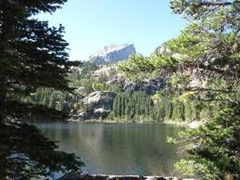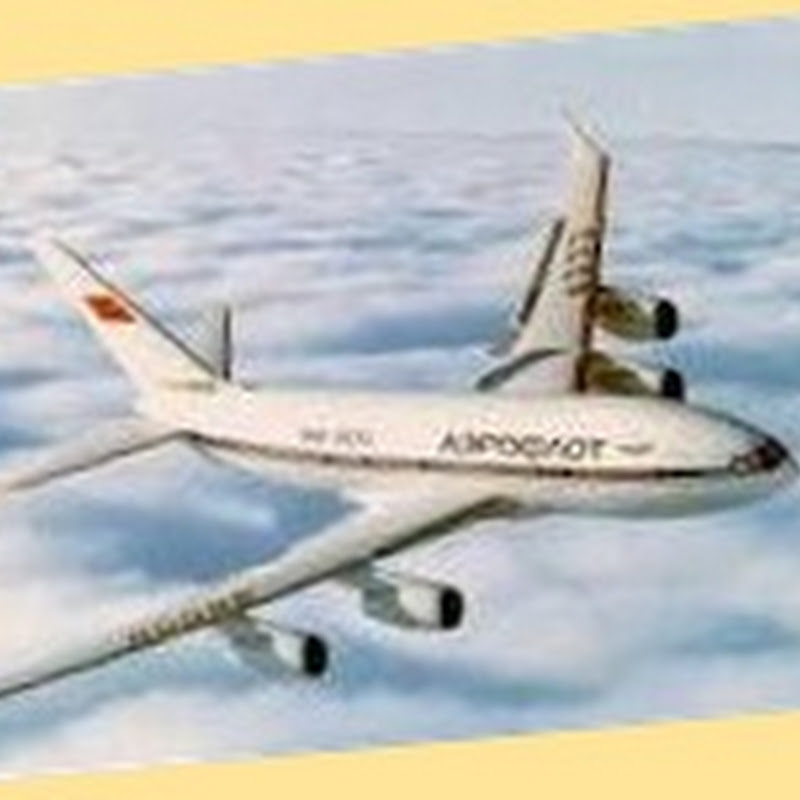 |
| Fruteria |
The Old Town is the focus of most tourists’ attention, and for good reason. Stone streets cover about six square blocks, lined with tall and narrow buildings, open only to pedestrians and service vehicles, and full of open air tapas bars, shops and pensions. Our first few attempts to find a pension were met with silence as no one responded to the doorbell, but finally we found a simply appointed place called Pension Amaiur Ostatua, with a large room and small iron balcony overlooking one of the pedestrian thoroughfares.
The old section sits on a small peninsula, with curved bays and expansive beaches on either side framed by broad promenades. We were there off season, so it was quite peaceful, but you could picture the thronging, bronzed, scantily clad masses that descend upon the city during the warmest months. A funicular on the far end of the main beach takes you up to a vantage point with stunning views of the bay dotted with sailboats and tall white buildings stretching out from the coastline. I have never been to the French Riviera, but that was the first thing that sprang to mind overlooking Santander.
 |
| Old Town |
Food and drink though, is what Donostia is truly famous for and it certainly did not disappoint. While Spanish tapas have become famous around the world, it’s commonly accepted that the best tapas are actually from Basque Country, and Donostia is the best of the best. Tapas are called Pinxtos in the Basque language, and are small plates or appetizers. In the Old Town starting at about nine in the evening, begins the tapas crawl. This consists of wandering from bar to bar, eating a pinxto, drinking a small wine or beer, enjoying conversation with friends or people watching, and then moving onto the next one, until the wee hours of the morning.
Two types of pinxtos were on offer at each bar; cold dishes were spread out across the large bar counter, the best of which were cooked to order once chosen. Then there was always a small menu of raciones (larger portions made to order), which also turned out to be specialties of the house, and they were the real star of the show in most places.
Almost all of the prepared cold pinxtos were served on little slices of bread, infinitely varietal in presentation but not so much in substance, primarily consisting of combinations of egg, mayonnaise based salads, shrimp, and cheese. The simple and succulent Serrano ham or even better Ibirico ham should not be forgotten however, and a simple plate of this melt in your mouth dish can not be missed.
 |
| Pinxto Bar |
The raciones, usually written on a chalkboard somewhere in the bar, were always what the locals seemed to order, so we started to as well, and it certainly paid off. Rape in salsa verde (Monkfish in a green salsa), Tacos de Benito (seared tuna, salad and a tomato dressing), and Chorizo a Veira con ajillo (sausage in a garlic sauce) were some of the more memorable dishes.
My favorite place by far though, was called Ganbara, whose specialty is mushrooms. On the counter are literally mounds of exotic fungi – delicate chanterelles, woodsy morels, giant forest shrooms, fresh porcinis. The hongas (mushroom) mixed plate there will forever bring me back…a plentiful helping of the different varieties, sautéed in butter and garlic until slightly caramelized, served in a hot baking dish with bread to sop up every last bit.















